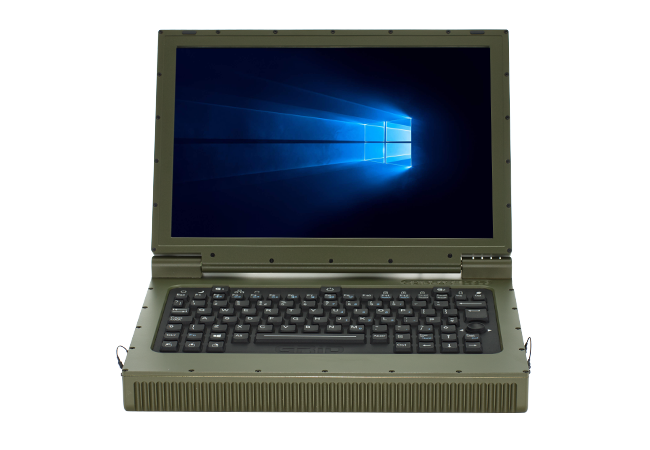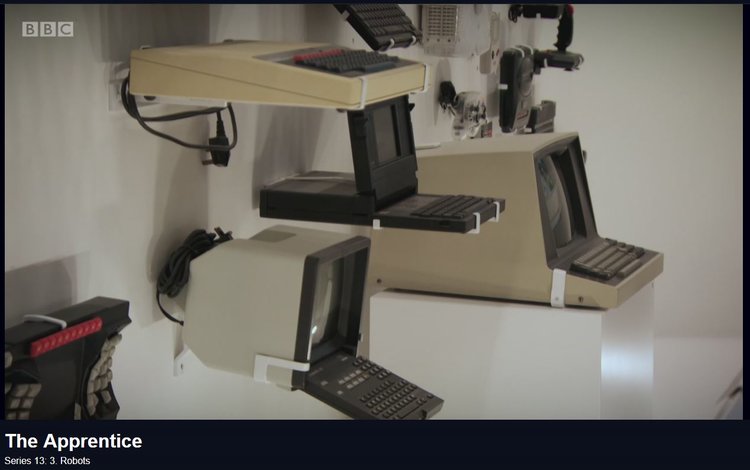While GRiD products are all designed and built to the highest of military standards and are best-in-class when it comes to ruggedness, customers’ different requirements will dictate whether a tablet or a laptop will best suit their particular needs. In this blog we look at the different features of each, and why consulting a military computing expert will help you select the best product for your requirement.


Deciding whether to buy a laptop or a tablet may sound like a simple decision to make, but it is not always obvious which one is the most suitable, particularly when it comes to choosing a military-grade device.
There are benefits to each type of system, and a user’s requirements can influence which one to select. Processing power, data input requirements, and the mission it will eventually be used for, are just a few considerations that have to be taken into account when selecting the most suitable type of computer for your needs.
Tablet vs. laptop: a history
So what is the difference between a tablet and a laptop?
This may be a question that doesn’t even need asking anymore owing to the ubiquity of both computer types, but nevertheless it is worth outlining the difference so that we are clear about what we are discussing. A laptop is a hinged ‘clamshell’ device with a screen and a (permanently attached) physical keyboard for data input, whereas a tablet only includes a screen that serves as both the display and the data entry point.
And despite the name, our ruggedised laptops are almost never used on a lap like commercial devices, but are instead portable versions of a desktop computer that are used when a physical keyboard is needed.
As most people will know, laptops were developed before tablets; but what is less well known is that GRiD actually created the very first laptop!
Development of the GRiD Compass began in 1979, and it paved the way for not only GRiD’s current family of rugged military laptops, but also laptops as everybody knows them today.
Developed by our predecessor, GRiD Systems Corporation, the Compass was created for NASA, and was the first portable computer to feature the clamshell design (the screen folds flat onto the keyboard) that has become synonymous with laptops today.
The laptop was used on the Space Shuttle throughout the 1980s, and this new era of portable computing not only changed the way that governments carried out mission-critical tasks, but as the technology developed and became more commercialised, it made computers transportable for everybody.

Rise of the tablet
It was some 10 years later that the next generational shift in computing came with the introduction of the tablet, removing the keyboard from the design. This made the device even more portable than a laptop.
The first commercially successful tablet was developed by – you guessed it – GRiD! Released in 1989, the GRiDPad 1900 featured a 10” display, weighed 2kg, and had a touchscreen that was operated using a stylus.
The appetite for tablet computers started with the GRiDPad family of devices, and nobody has looked back since, with this type of device now very common in many households with the introduction of devices such as the Apple iPad in 2010.
Today GRiD’s family of tablets and laptops looks very different to those early designs, but the innovative and pioneering approach to rugged computing still remains.
Choosing your device
One of the primary reasons for choosing a laptop is the need for a physical keyboard. A hybrid option is available for commercial applications, and it is common for a tablet to be turned into a laptop of sorts by connecting a Bluetooth keyboard. This would not be an option for rugged computers, however.
The clamshell protection offered by a laptop is also part of the appeal, as the screen and keyboard are protected when the device is shut. Furthermore, DVD drives are still important to military users, which typically can only be found in a laptop. DVD and Blu-ray are considered to be a secure data transfer option for the military.
GRiD can also install up to 64GB RAM in a tablet, which is made possible because our laptops and tablets use the same chassis and the same processor can therefore be integrated. So processing power and memory limitations is not so much of a consideration when selecting from our family of tablet products.
If the computer is being used for non-combat roles such as control, planning, or loading/unloading of data, then a laptop is probably the most suitable choice. Smaller tablets on the other hand are usually a better option for hand-held mapping and tracking applications, while larger ones are suited to mounting to platforms such as RIBs or in vehicles, for example.
➡️ GRID Case Study: Using rugged computers on small boats
One example of where our larger rugged tablets will be vehicle-mounted – cabled to receive and display data – and used as a crew interface is the Brazilian Army, who has selected the GRiDCASE 2530 tablet for its Guarani 6×6 vehicle.
Data input will always be limited on a tablet due to the lack of a keyboard, and users often do not like imputing lots of data on a tablet in either the commercial or military worlds. However, one way around this if a tablet is considered necessary is to write apps that ease the way data is inputted.
GRiD tablets can also feature programmable function keys that allow users to quickly switch between interfaces and tasks without using a peripheral such as a mouse or touchscreen inputs.
It is also worth considering the transport of the devices to their area of operation. Laptops are usually either permanently mounted or transported inside a Peli Case to the location they are needed. Tablets can also be mounted, but they have the additional benefit of being handheld and therefore far more mobile. Some projects request GRiD’s quick-release solution offering a mixture of both fix and deployed capability.
GRiD does have a handheld laptop that provides mobility for fire control applications, but generally speaking laptops are for more stationary tasks and tablets are for on the go.
From a user perspective, meanwhile, tablets are now very common in everyday life, and this familiarity and usability makes them an appealing option to military users. There is therefore far more uptake of this type of technology as a result of the commercial world influence.
A boxed solution is also another option, which does not include a screen at all. The requirement could just be for processing, or it could be integrated into another system that already has a screen, so another display would be surplus to requirements.
Making the decision
Ultimately, the decision is down to the customer, and quite often existing capabilities will influence the decision. A user could be replacing an in-service solution and want to do this like-for-like, for example.
It really does depend on the customer requirement, although sometimes they need guidance on the right device to select.
At GRiD we are well versed in accommodating specific customer requirements, and it is this experience that makes us well placed to advise on what type of device a customer would benefit from the most.
We work with customers to really understand their requirements, to ensure that they select the most suitable product and truly benefit from their investment.
GRiD pioneered the advent of the computer, and we continue to deliver the best-in-class solutions to our military customers worldwide to ensure that they are mission ready today.
If you would like to discuss secure computing in more detail, please get in touch on +44 (0)1628 810 230 or drop an email to sales@griduk.com.

